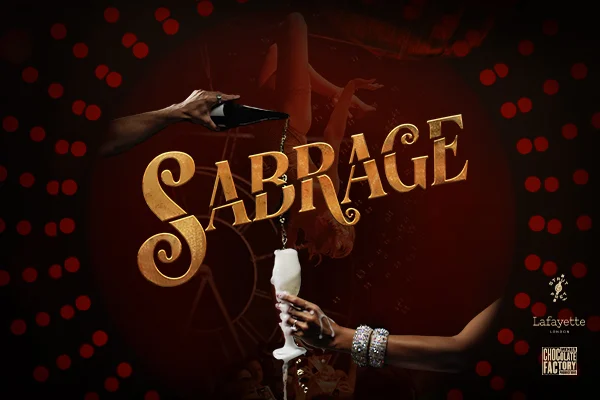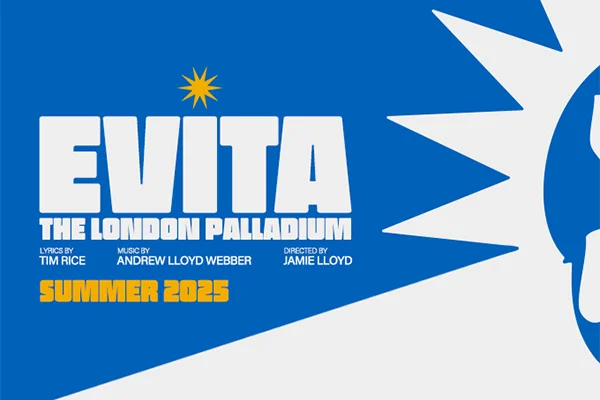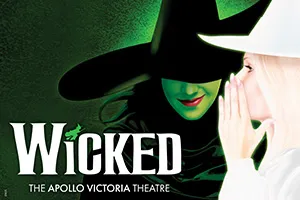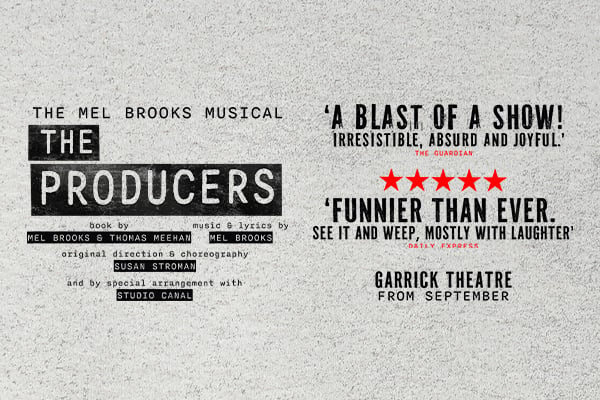The pews were almost full; swathes had come out to enjoy the mellow sounds of that beautiful instrument, the cello. Unfortunately for a friend and me, cello enthusiasts include women with very large hairdos. The pews were not in tiers, but we were, realising we would have to sit quietly until the interval to shuffle across a couple of seats.
During this difficult piece, as Pavlos’ fingers were stretched to extremes on the neck of his cello, I felt his his playing slow, and enjoyed it thoroughly.
Pavlos was very expressive, and had a wonderfully brooding appearance. His dark hair and eyes somehow conveyed the mood of his playing rather effectively. His head tilted back, especially during gentle sections, and then he craned down, and you could almost feel his dark eyes bore a hole in the score. Pavlos didn’t forget to include an introduction to the Suites. The pieces varied in difficulty, composed on keys from the simple C major, to a tricky E flat major, the most difficult to play on the cello. During this difficult piece, as Pavlos’ fingers were stretched to extremes on the neck of his cello, I felt his his playing slow, and enjoyed it thoroughly.
Unfortunately, whilst the acoustics of the church had worked rather well for the violin, somehow it didn’t cut it with the cello. Low notes, rather than being beautifully etched, were smudged by mischievous echoes. I wondered whether having front row seats would have saved us. Pavlos was expressive and played ad libitum; speeding up and slowing down with the mood of the music. Whether musicians of Bach’s time played in such an ad lib., passionate way or not, Pavlos’ performance was wonderful. He did, indeed, demonstrate the skill of a star cellist.


















